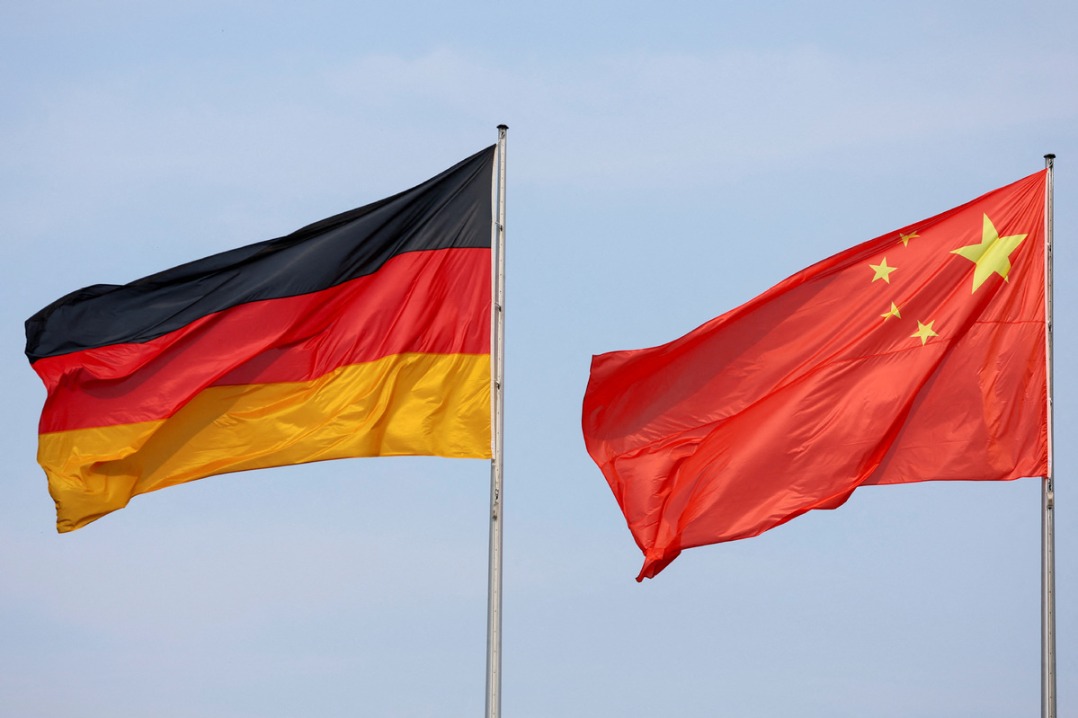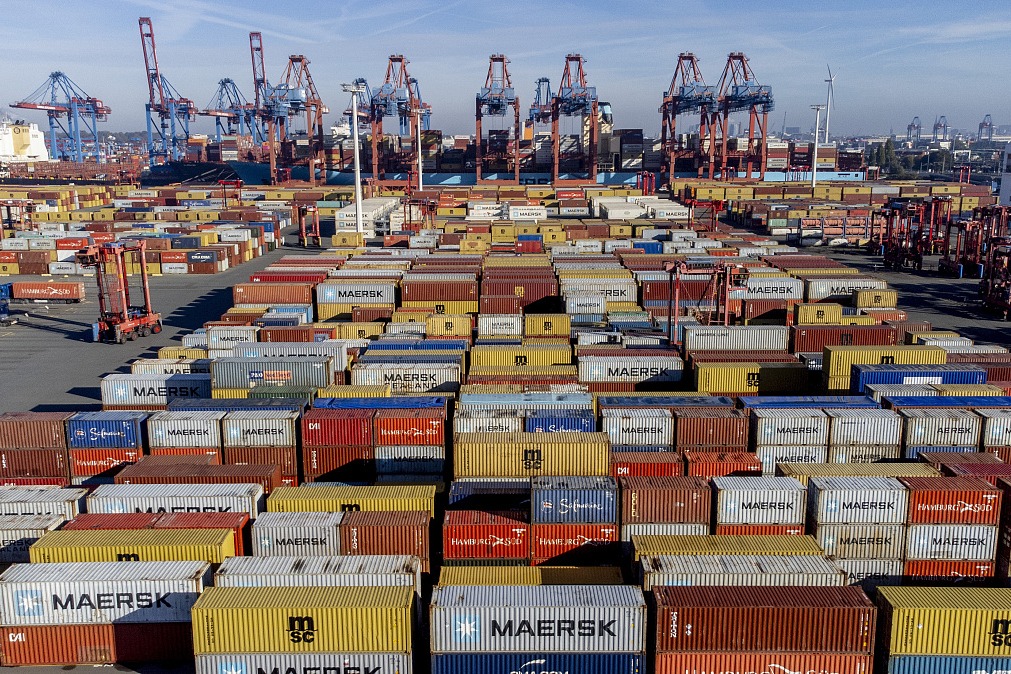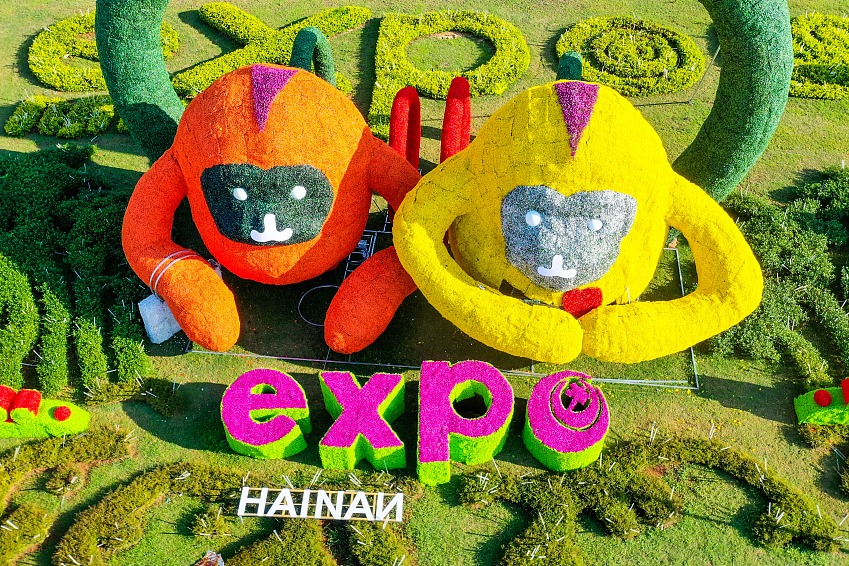Chinese Language and Characters

There are 56 ethnic groups in China, a multi-ethnic, multi-lingual, and multi-dialect country with multiple-written characters. The national language and character is Mandarin and standardized Chinese characters.
Chinese language
Mandarin is the standard language of Chinese. Its pronunciation is based on the Beijing dialect, its vocabulary on the Northern dialects, and its grammar on written vernacular Chinese. The Constitution of the People’s Republic of China states: “The state promotes Mandarin in the whole country.” According to the Law on the Standard Spoken and Written Chinese Language of the People’s Republic of China promulgated on Oct 31, 2000, China adopts Mandarin as its national language. Mandarin Chinese is also one of the major languages of the world and one of the six official working languages of the United Nations.
Chinese is the most used language in both China and the world. In China, the Han people uses the Chinese language, as do the Hui, the Manchu and the She ethnic groups. Other ethnic groups have their own languages, and many ethnic groups have adopted Chinese or are using it as a second language to varying degrees.
Modern Chinese consists of standard Chinese (Standard Mandarin) and varieties of Chinese. The classification divides Chinese varieties into ten dialects: Mandarin, Jin, Wu, Hui, Min, Yue, Hakka, Gan, Xiang, and Ping. In different regions and varieties of Chinese, there are several sub-dialects and many kinds of “local languages”. The most used Mandarin dialects fall into eight sub-dialect groups: Northeastern Mandarin, Beijing Mandarin, Ji-Lu Mandarin, Jiao-Liao Mandarin, Central Plain Mandarin, Lan-Yin Mandarin, Lower Yangtze Mandarin, and Southwestern Mandarin.
The languages used by the 56 ethnic groups in China belong to five major families: Sino-Tibetan, Altaic, South Island, South Asian, and Indo-European. The Sino-Tibetan language family is divided into Chinese and Tibetan-Burmese, Miao-Yao, and Zhuang-Dong. The Tibetan and Burmese family includes Tibetan, Jiarong, Monba, Cangla, Lhoba, Qiang, Pumi, Dulong, Jingpo, Yi, Lisu, Hani, Lahu, Bai, Naxi, Jino, Nusu, Anong, Rouruo, Tujia, Zaiwa and Achang; the Miao-Yao language includes Miao, Bunu, and Mian; and Zhuang-Dong includes Zhuang, Buyi, Dai, Shui, Shui, Mulam, Maonan, Lajia, and Gelao. The Altaic family is divided into Mongolian, Turkic and Manchu-Tungus. The Mongolian languages includes Mongolian, Daur, Dongxiang, Eastern Yugur, Tu, and Bonan; Turkic includes Uyghur, Kazak, Kirgiz, Uzbek, Tatar, Salar, Western Yugur, and Tuva; and Manchu-Tungus includes Manchu, Sibe, Hezhe, Ewenki, and Oroqen. The languages belonging to the South Island family are those of the Gaoshan ethic group and the Hui people. Those belonging to the Mon-Khmer language of the South Asian language family are Va, De'ang, Blang, and Khmu. The Russian branch of the Slavic language and the Tajik of the Iranian language belong to the Indo-European family. Some languages, such as Korean and Jing, have not yet been classified due to lack of agreed opinion.
Chinese Characters
There are about 30 kinds of characters in China. Chinese characters are those commonly used by the Han ethnic group. Some other ethnic groups have also fully adopted Han characters. Chinese characters emerged in the Neolithic Age around 3000 BC, and the Chinese characters used now gradually evolved from ancient Chinese precedents. The Law on the Standard Spoken and Written Chinese Language of the People’s Republic of China stipulates that Chinese characters are the standard written form of the country.
Since the 1950s, the Chinese government has collated and simplified the existing Chinese characters, and has issued a group of standards including the Table of First Batch of Variant Chinese Characters, General Table of Simplified Chinese Characters, Table of Modern Common-Used Chinese Characters, Modern Chinese General Character Table, Printing General Chinese Character Table, and Collection of Chinese Characters under the National Standard Serial GB13000.1: Specification of Chinese Character Order (Stroke Order). On June 5, 2013, the Notice of the State Council on the Promulgation of the Table of Standard Chinese Characters (Guo Fa [2013] No. 23) was issued. The Table of Standard Chinese Characters is an important Chinese character standard that implements the Law on the Standard Spoken and Written Chinese Language of the People’s Republic of China and adapts to the needs of Chinese characters in various fields of society under the new situation. After its publication, the use of Chinese characters in general application in society was required to follow the Table, and previous character tables were considered obsolete.
Before the founding of the People's Republic of China, 21 ethnic groups had their own characters. After the founding of the People's Republic of China, the government formulated approved characters for ethnic groups including the Zhuang, Bouyei, Yi, Miao, Hani, Lisu, Naxi, Dong, Va, and Li.
Chinese characters are ideograms, semantic-phonetic compounds, and syllabic; they use a symbolic writing system. They also encompass ancient Indian alphabets, Old Uyghur language alphabets, Arabic alphabets, square-block alphabets, Latin alphabets, and Slavic alphabets.
On Feb 11, 1958, the Fifth Session of the First National People‘s Congress passed a resolution publishing the Chinese Language Pinyin Scheme. The Law on the Standard Spoken and Written Chinese Language of the People’s Republic of China states that “national common language and character adopts the Pinyin Scheme of Chinese Language as its spelling and phonetic transliteration tool. The Scheme is a unified norm for the Romanization of Chinese person names, place names and Chinese documentation. It is also used in areas where Chinese characters are inconvenient or unusable. The Pinyin should be taught in elementary education.” The ISO 7098 Information and Documentation-Chinese Romanization Scheme, international standard amendments to which are lead by China, was officially published on Dec 15, 2015 as approved by the International Organization for Standardization. This is important evidence for the recognition and promotion of Pinyin in the international arena. It is used to standardize the international use of Pinyin.
According to the Constitution of the People’s Republic of China, all ethnic groups have the freedom to use and develop their own spoken and written languages. The Law of the People’s Republic of China on Regional National Autonomy stipulates that the organs of self-government of ethnic autonomous regions guarantee the freedom of all ethnic groups in the locality to use and develop their own spoken and written languages. The self-governing organs of ethnic autonomous regions educate and encourage the cadres of all ethnic groups to learn each others’ languages, and to educate cadres and people of all ethnic groups to trust each other, learn from each other, help each other, and respect each others’ languages. The Law on the Standard Spoken and Written Chinese Language of the People’s Republic of China states that while the country insists on promoting Mandarin and standard Chinese characters, the use of ethnic languages is based on the Constitution, regional autonomy and other relevant laws.
MOST POPULAR
- 1 Things to know about China Intl Consumer Products Expo 2024
- 2 China tops FDI confidence index of emerging markets
- 3 China specifies steps to improve payment services in tourist attractions
- 4 Low-altitude economy set to take off
- 5 China's immigration service platform receives over 10m calls from home, abroad
Editors' Picks
 Infographic:
A look at China's economy in Q1 of 2024
Infographic:
A look at China's economy in Q1 of 2024
 Infographic:
China to remove foreign ownership restrictions in value-added telecom services in pilot areas
Infographic:
China to remove foreign ownership restrictions in value-added telecom services in pilot areas
 Infographic:
2023 Sino-German investment and trade in numbers
Infographic:
2023 Sino-German investment and trade in numbers
 Infographic:
China-Germany relations in graphic
Infographic:
China-Germany relations in graphic



